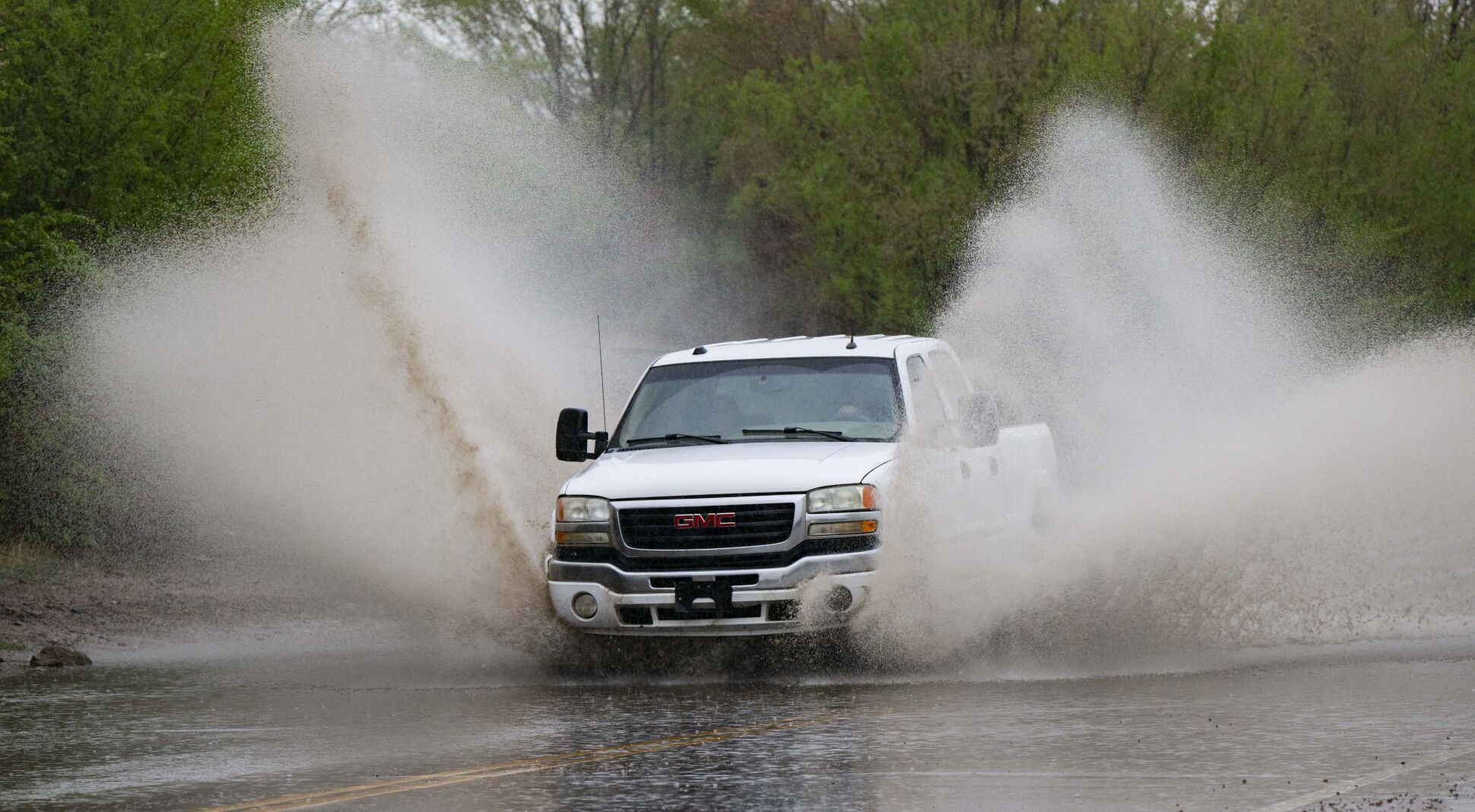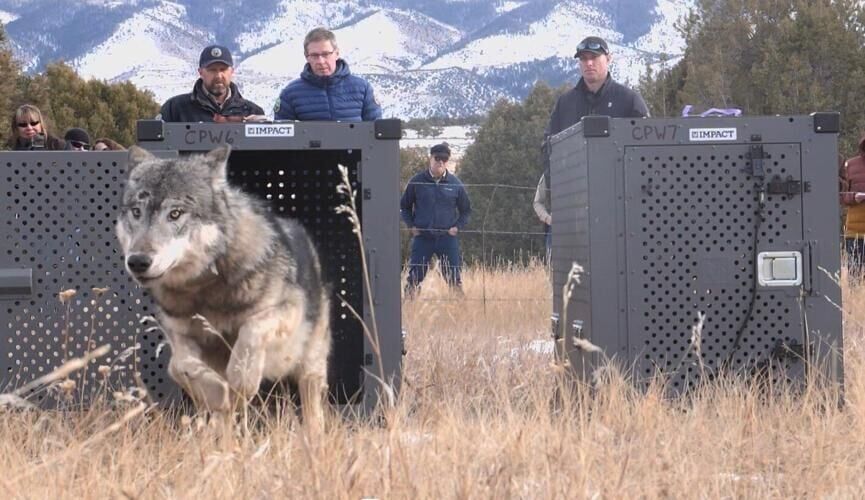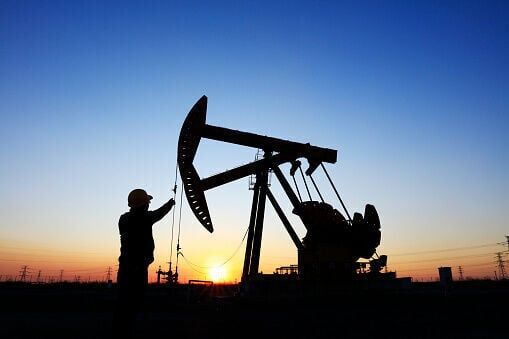Colorado drought conditions plunge compared to 2022

Colorado has seen a rapid improvement in drought conditions this past month thanks to heavy precipitation received in May.
According to the official U.S. Drought Monitor, more than 75% of the state is experiencing zero drought conditions, compared to spring 2022 which measured only 1% of the state experiencing no drought conditions. At this time last year, a whopping 57% of the state was in severe drought.
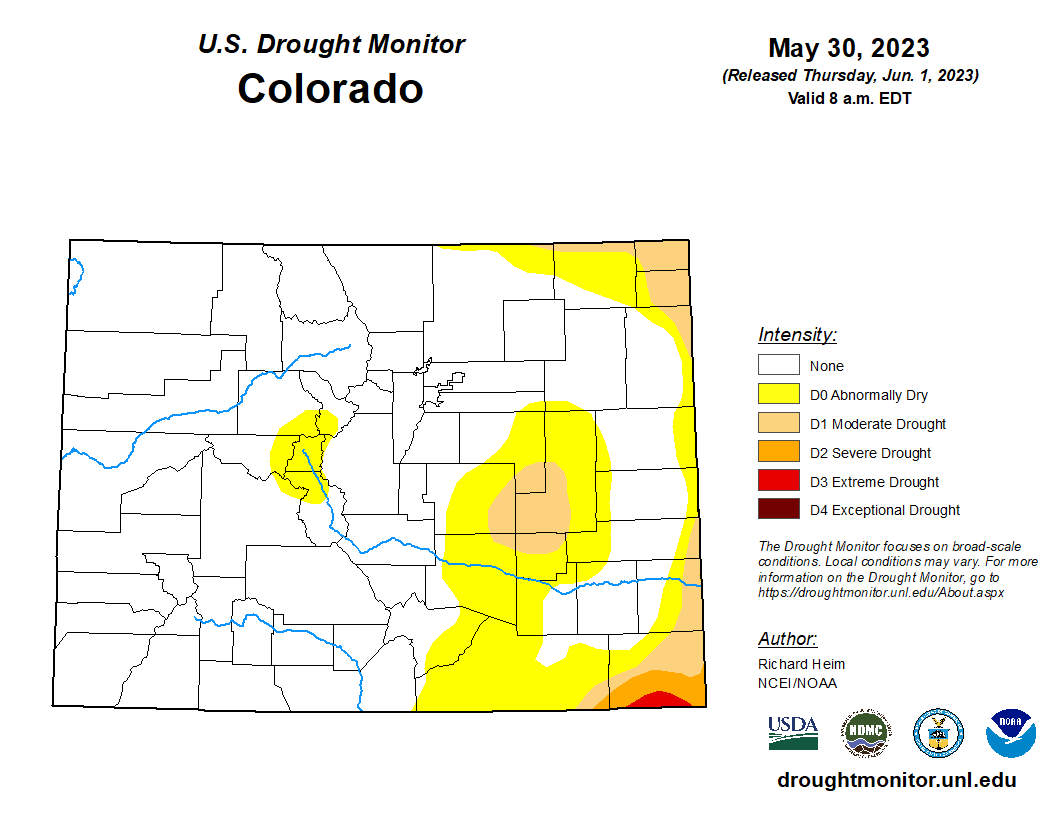
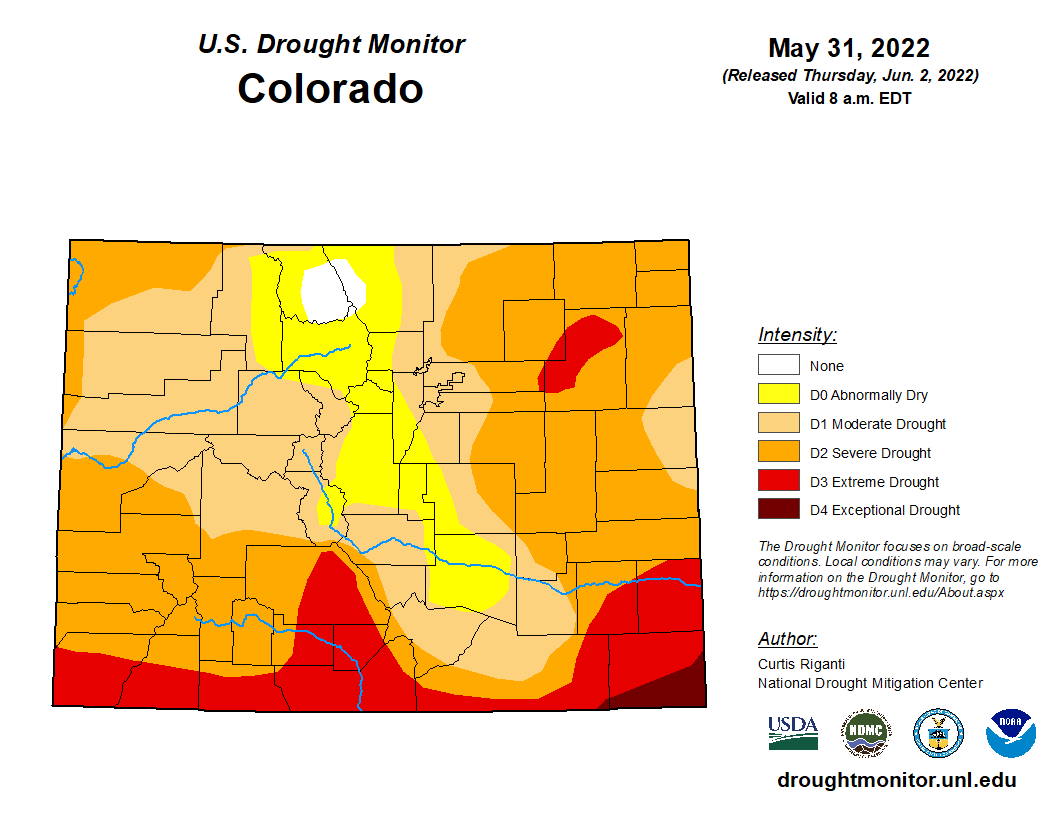
The decrease can be attributed to the wet May much of the state experienced, setting records for daily precipitation in Colorado Springs.
So far in 2023, Colorado Springs has received 7.83 inches of precipitation, which is 2.91 inches above average for this time of year.
According to Mark Wankowski , a meteorologist with the National Weather Service in Pueblo, the above-average levels of precipitation can be attributed to the influx of rain received this past May.
Hanging Lake set to reopen after closure amid dangerous conditions
Wankowskisaid while January, February and April received average amounts of precipitation, and March received below-average amounts, the bulk of this year’s rainfall numbers came in the past month.
According to the Weather Service, Colorado Springs Airport recorded a total of 5.22 inches of rain in May, making it the sixth-wettest in history; 3.23 inches above the monthly average.
Spring of 2015 holds the title for the wettest May on record when the city received a total of 8.13 inches. Other top rain totals look like this:
– 1935, 8.10 inches
– 1957, 5.67 inches
– 1917, 5.24 inches
– 1902, 5.23 inches
The Weather Service said May 11 was the seventh-wettest day on record in Colorado Springs, with 3.18 inches of precipitation recorded over a 24-hour cycle. This day also set the record for the highest recorded daily rain in the area’s history.
Over the two days of May 10 and May 11, 3.77 inches of rain was recorded, making it the 12th-wettest two days in Colorado Springs history.
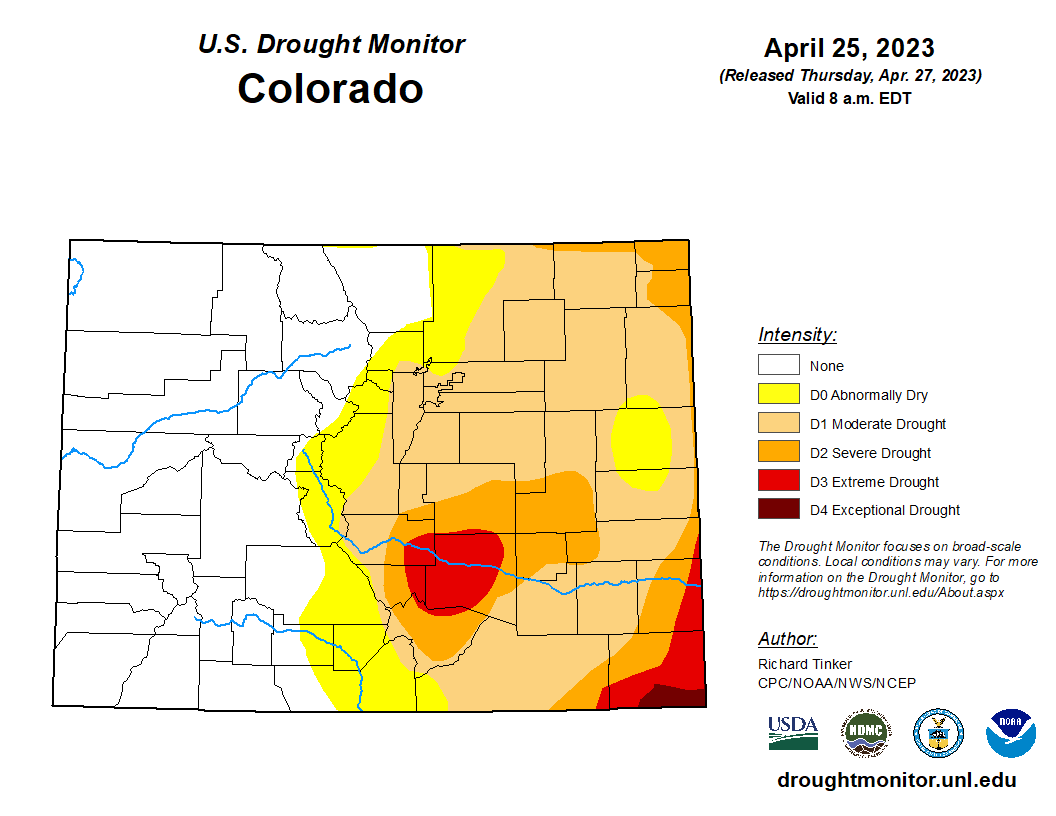
Precipitation in Pueblo resides on the other side of the spectrum, receiving only 1.14 inches of precipitation – .43 inches below the monthly average in May.
Denver received 5.53 inches of rain in May, which was 3.37 inches above the monthly average.
‘Atypical’ storm brings record rainfall to Colorado Springs
According to Wankowski, the state’s annual monsoon pattern appears to be developing normally, but how deep and long that season will last is still “up in the air.”
The Colorado Climate Center at Colorado State University said the North American monsoon pattern that we typically see in Colorado usually ramps up in July and persists through August. It’s attributed to a shift in wind patterns that allows the continuous follow of moisture from the Gulf of California to travel to the more arid southwestern states like Colorado.
“The rain has helped and has gotten rid of a lot of the drought across southeast Colorado, thanks to the wet pattern we’ve seen in May and at the beginning of June,” Wankowski said.
“Some models are thinking this is an early start to the monsoon, but the amount of moisture we’ve received has overall been beneficial.”
